My Favourite Painting: Todd Longstaffe-Gowan
The landscape architect picks out a dramatic biblical image given new life by 'Il Fiammingo'.
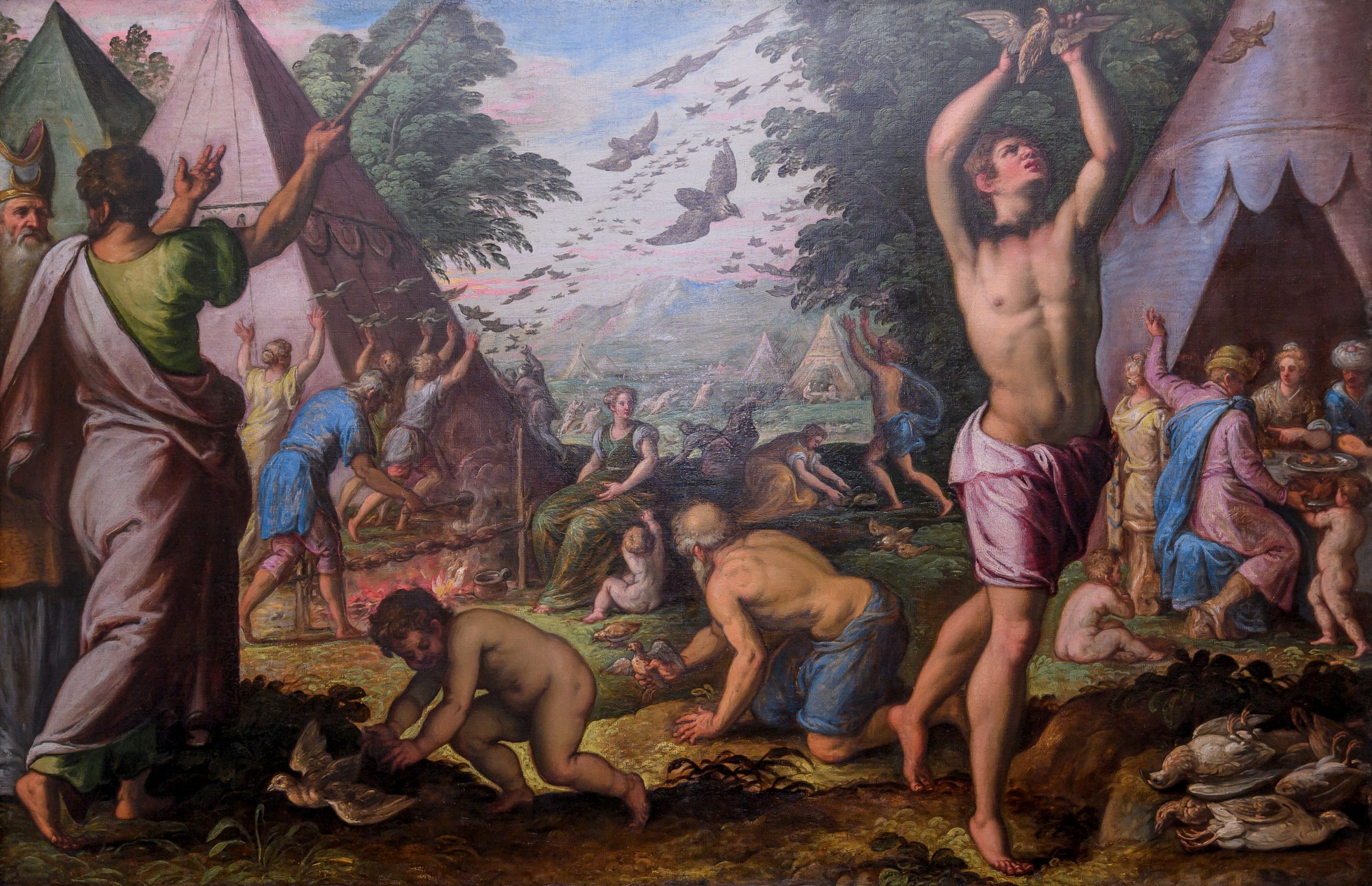

Todd Longstaffe-Gowan on Miracle of the Quails by Pauwels Franck
‘This work is not a cheerful episode in the Exodus, but “Il Fiammingo” reimagines it with astonishing brilliance: he depicts the exiled Israelites in a state of exuberant jubilation as quails rain down from the sky, blissfully unaware that it is a punishment by God for their greed. Throngs reach heavenwards to grasp flying birds, others grovel to collect those strewn on the ground or prepare to feast on their roasted carcasses. Those acquainted with this parable know it does not end well for the gluttonous. This avian bacchanal reminds us that one never knows what lies around the corner.’
Todd Longstaffe-Gowan is a landscape architect. His new book, English Garden Eccentrics: Three Hundred Years of Extraordinary Groves, Burrowings, Mountains and Menageries, is out now.
Charlotte Mullins on Miracle of the Quails
Flemish artist Pauwels Franck was known as Paolo Fiam-mingo, the Italian version of his name. By 1573, he was working in Tintoretto’s workshop in Venice as his assistant; he was largely responsible for Tintoretto’s Saint Roch in the Wilderness in the Church of San Rocco (1579–80). By 1580, at about the time the Miracle of the Quails was painted, Franck had established his own successful studio. He painted several series for the prominent German banker Hans Fugger and this painting may have come from such a series.
Here, Franck paints a scene from Exodus where God sends a flock of quails for the Israelites to eat as they crossed the wilderness on their journey from Egypt. Birds swoop over the camp and men, women and child-ren attempt to catch them with their bare hands. Moses appears on the left, pointing to the sky, as if explaining what is happening to his brother Aaron. Moses’s active body, walking into the picture, is mirrored by the youth who reaches up to capture a bird on the right.
Franck was known for his landscape prowess. Despite this being a painting of the Israelites in the wilderness, he includes mountains in the hazy distance and mature trees that flank the view. The leafy greens are echoed by the woman sitting in the centre of the composition and Moses’s tunic. The considered use of greens, blues and pinks throughout the work adds harmony to the dynamic scene.
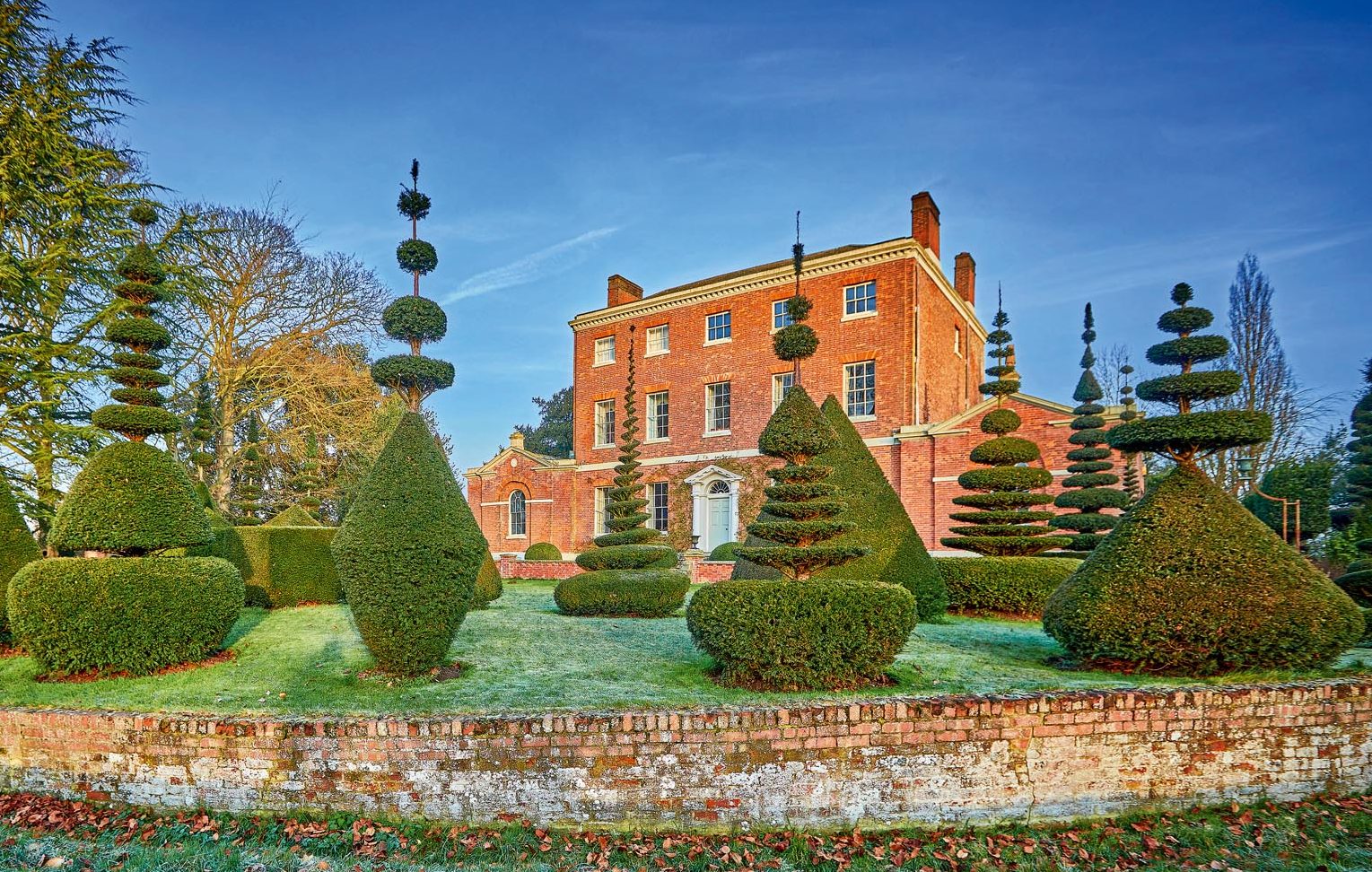
The Cressy Hall topiary: 'A miraculously well-kept secret'
So fine is the topiary at Cressy Hall in Gosberton — the home of Michael and Janey Hill — that you
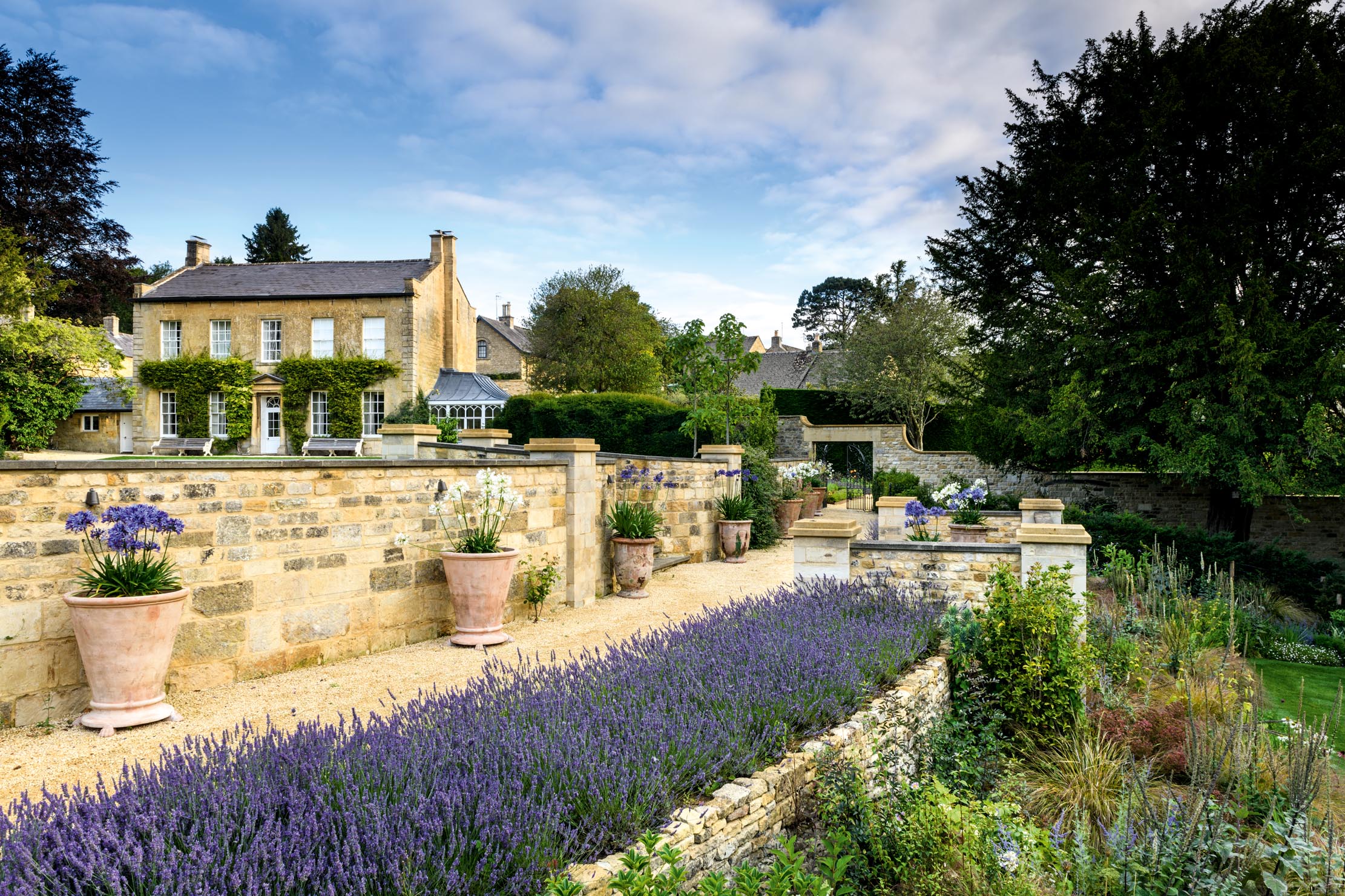
Colebrook House: The serene English country garden with a touch of Tuscany
From the new Italianate walled garden, paths and bridges lead on through the endlessly exciting garden of Colebrook House, Blockley,
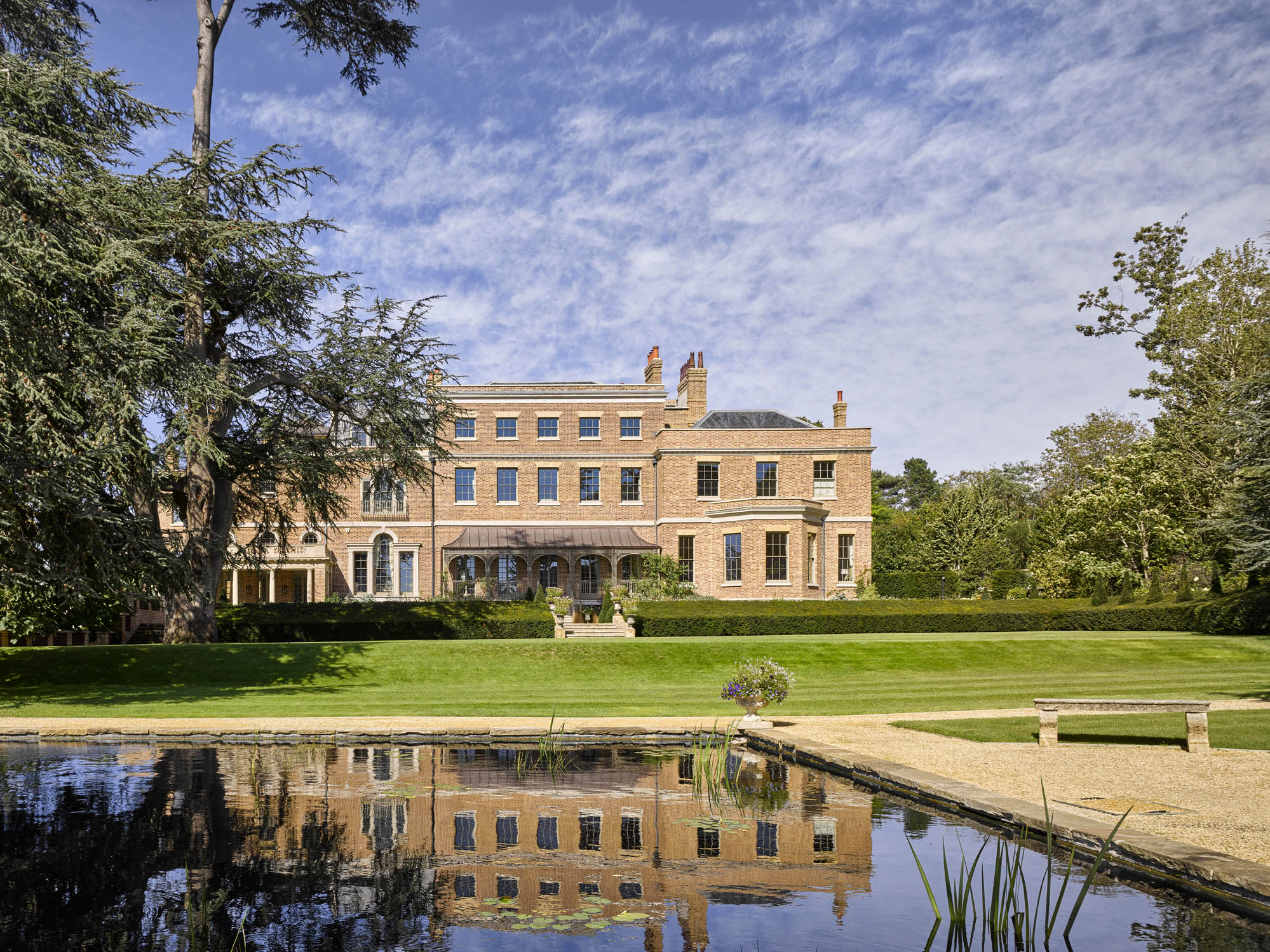
Templeton House's escape from demolition and oblivion to become an incredible rarity: a country estate within the M25
A house that might have vanished beneath London’s spreading suburbs has been lovingly returned from institutional use and forms the
Sign up for the Country Life Newsletter
Exquisite houses, the beauty of Nature, and how to get the most from your life, straight to your inbox.
Country Life is unlike any other magazine: the only glossy weekly on the newsstand and the only magazine that has been guest-edited by HRH The King not once, but twice. It is a celebration of modern rural life and all its diverse joys and pleasures — that was first published in Queen Victoria's Diamond Jubilee year. Our eclectic mixture of witty and informative content — from the most up-to-date property news and commentary and a coveted glimpse inside some of the UK's best houses and gardens, to gardening, the arts and interior design, written by experts in their field — still cannot be found in print or online, anywhere else.
-
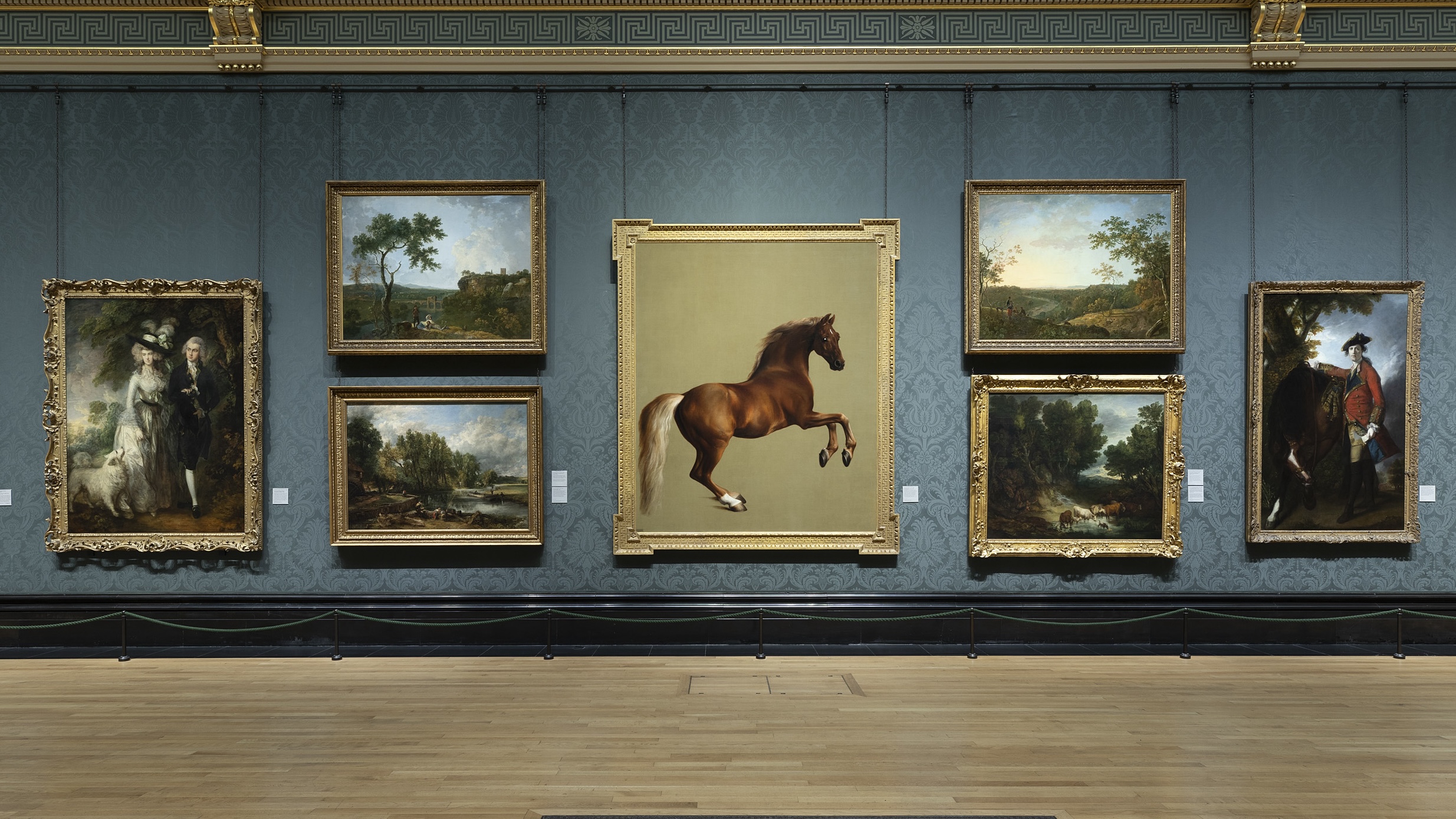 The National Gallery rehang: 'It is a remarkable feat to hang more with the feeling of less', but the male gaze is still dominant
The National Gallery rehang: 'It is a remarkable feat to hang more with the feeling of less', but the male gaze is still dominantAlmost everything on display at the National Gallery has been moved — and paintings never previously seen brought out — in one of the the biggest curatorial changes in the Gallery's history.
-
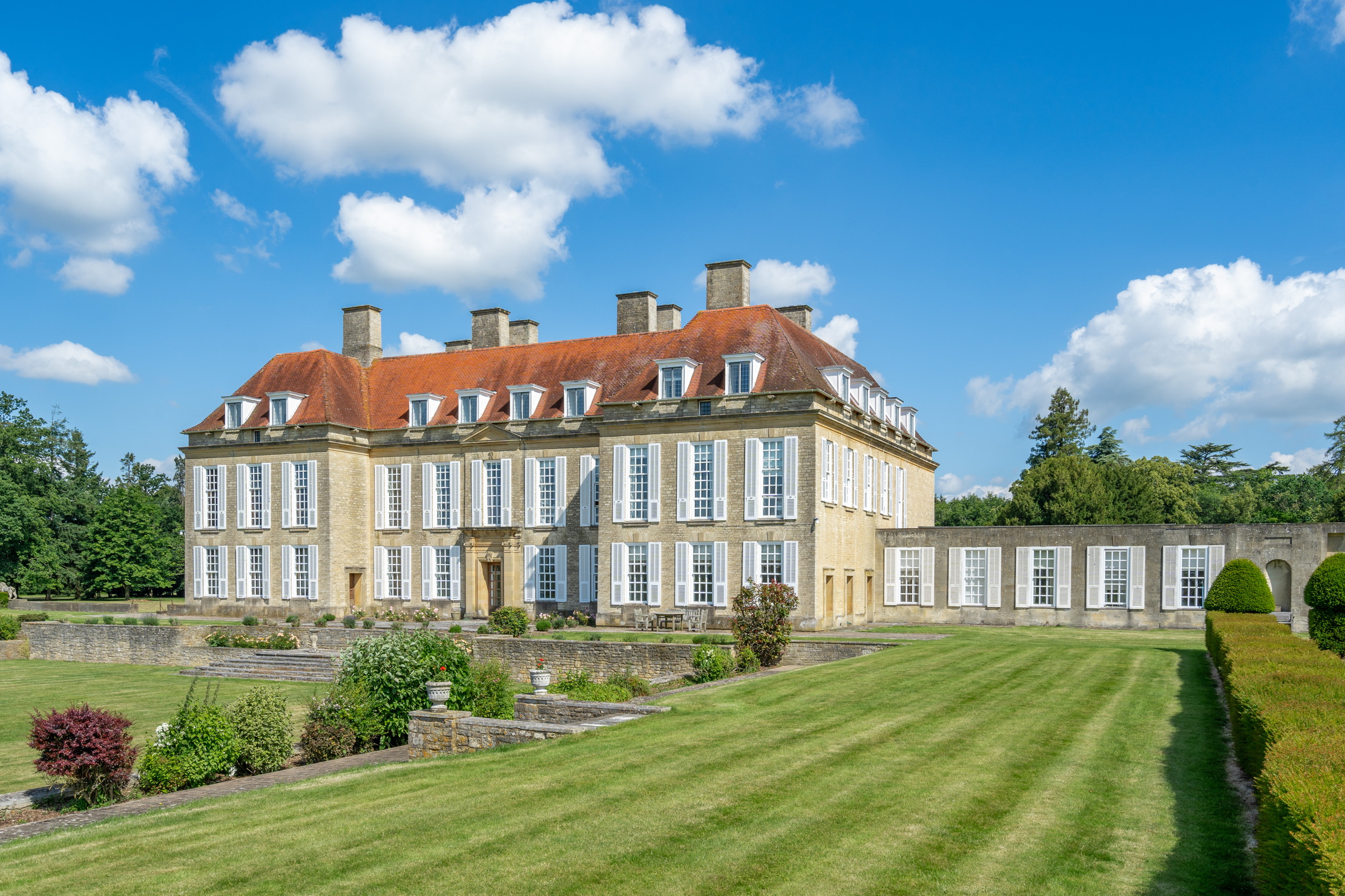 Lutyens's last masterpiece comes up for sale in Oxfordshire, with 27 bedrooms and a cricket pitch
Lutyens's last masterpiece comes up for sale in Oxfordshire, with 27 bedrooms and a cricket pitchMiddleton Park in Middleton Stoney is a vast country home that must surely be among the nation's best
-
 'As a child I wanted to snuggle up with the dogs and be part of it': Alexia Robinson chooses her favourite painting
'As a child I wanted to snuggle up with the dogs and be part of it': Alexia Robinson chooses her favourite paintingAlexia Robinson, founder of Love British Food, chooses an Edwin Landseer classic.
-
 The Pre-Raphaelite painter who swapped 'willowy, nubile women' for stained glass — and created some of the best examples in Britain
The Pre-Raphaelite painter who swapped 'willowy, nubile women' for stained glass — and created some of the best examples in BritainThe painter Edward Burne-Jones turned from paint to glass for much of his career. James Hughes, director of the Victorian Society, chooses a glass masterpiece by Burne-Jones as his favourite 'painting'.
-
 'I can’t look away. I’m captivated': The painter who takes years over each portrait, with the only guarantee being that it won't look like the subject
'I can’t look away. I’m captivated': The painter who takes years over each portrait, with the only guarantee being that it won't look like the subjectFor Country Life's My Favourite Painting slot, the writer Emily Howes chooses a work by a daring and challenging artist: Frank Auerbach.
-
 My Favourite Painting: Rob Houchen
My Favourite Painting: Rob HouchenThe actor Rob Houchen chooses a bold and challenging Egon Schiele work.
-
 My Favourite Painting: Jeremy Clarkson
My Favourite Painting: Jeremy Clarkson'That's why this is my favourite painting. Because it invites you to imagine'
-
 The chair of the National Gallery names his favourite from among the 2,300 masterpieces — and it will come as a bit of a shock
The chair of the National Gallery names his favourite from among the 2,300 masterpieces — and it will come as a bit of a shockAs the National Gallery turns 200, the chair of its board of trustees, John Booth, chooses his favourite painting.
-
 'A wonderful reminder of what the countryside could and should be': The 200-year-old watercolour of a world fast disappearing
'A wonderful reminder of what the countryside could and should be': The 200-year-old watercolour of a world fast disappearingChristopher Price of the Rare Breed Survival Trust on the bucolic beauty of The Magic Apple Tree by Samuel Palmer, which he nominates as his favourite painting.
-
 My favourite painting: Andrew Graham-Dixon
My favourite painting: Andrew Graham-Dixon'Lesson Number One: it’s the pictures that baffle and tantalise you that stay in the mind forever .'